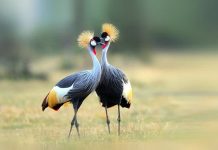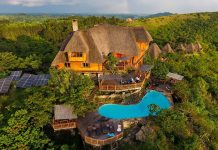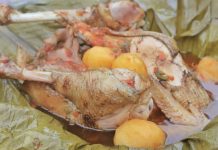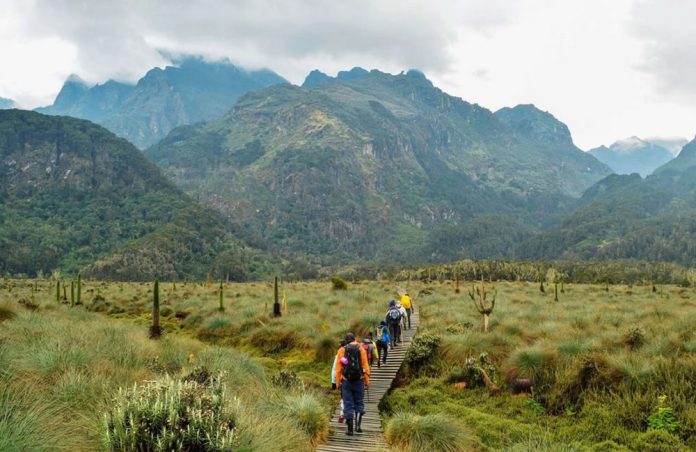For people who love nature, there is nothing more enchanting than a great picture. So powerful is a picture that poets often contend that one picture is worth a thousand words. According to the National Geographic, Uganda is among the top 20 global tourism destinations in the world.
The National Geographic is an international travel channel affiliated to the National Geographic Society. Starting today, Sunday Pepper will unveil the hidden treasures of Uganda in a series of stories that we have codenamed “The Wonders of Uganda”. The pictures which are being published for the first time in the history of Uganda are extremely exclusive. They really justify Winston Churchill’s lexis that Uganda is indeed the Pearl of Africa.
Nine Day Trek to Margherita Peak 5,109
Margherita, Africa’s third highest peak defines beauty. However the real beauty is in the climb up the Kilembe route commonly known as the central circuit managed by Rwenzori Trekking Services (RTS). The forests, valleys and the flora are diverse with trees and valleys of ferns. They are many species of birds and primates and as you walk up the trail you will see chimp nests high up in the tall trees. If you are lucky you may catch a glimpse of the resident chimpanzees as they scamper away. Though climbing Margherita is quite tricky because of the snow canopy, the rewards are memorable.
You only need to carry good hiking boots, warm clothing, and a bag and rain gear. Here is the breakdown of the 9 day trek to the peak.
Why Mountains of the Moon
In May 1888, British explorer Henry Morton Stanley confirmed the existence of the mountain range when he finally spotted the peaks as the cloud cover lifted. He is credited by choosing a name inspired by local lore, Ruwenzori, or else known as cloud master or rain maker.
Mt. Rwenzori formed about three million years as a result of an uplifted block of crystalline rocks pushed up by tremendous forces originating deep within the earth’s crust. The uplift divided the paleolake Obweruka and created two of the present day Lake Albert and Edward and George on the flanks of the Albertine Rift, the western branch of the East African Rift.
The Rwenzori consist of a variety of peaks, ravines and ridges. The highest peak of the Rwenzori is Margherita Peak on at 5110m above mean sea-level). This is the third highest peak in Africa, after Kilimanjaro and Mt. Kenya, but is considered the most arduous climb in Africa.
Other peaks on the mountain include Mt. Speke (4.890), Mt. Baker (4.843), Mt. Emin (4.798), Mt. Gessi (4.715), and Mt. Luigi di Savoia (4.627). The latter peak was named after the Duke of Abruzzi, an Italian Royal, who led an expedition in 1906 to this part of Africa to explore and climb the mountains for the first time in modern history. Because it receives a large amount of rainfall, the mountains are criss-crossed by many rivers and streams. The vegetation in the Rwenzori also tends to be quite thick and prone to gigantism. There is also a variety of wildlife, including elephants, chimpanzee, monkeys, leopards and antelope.
Red Pepper would also like to invite you on a date with His Majesty King Oyo and Omusinga Wa Rwenzururu Mumbere Charles Wesley for the “Royal Mt. Rwenzori Climbing Expedition”. The expedition starts on 3rd September and the adventurous climbers should be back to the foothills in time to be declared Mt. Rwenzori conquerors on Independence Day October 9 2013.






















